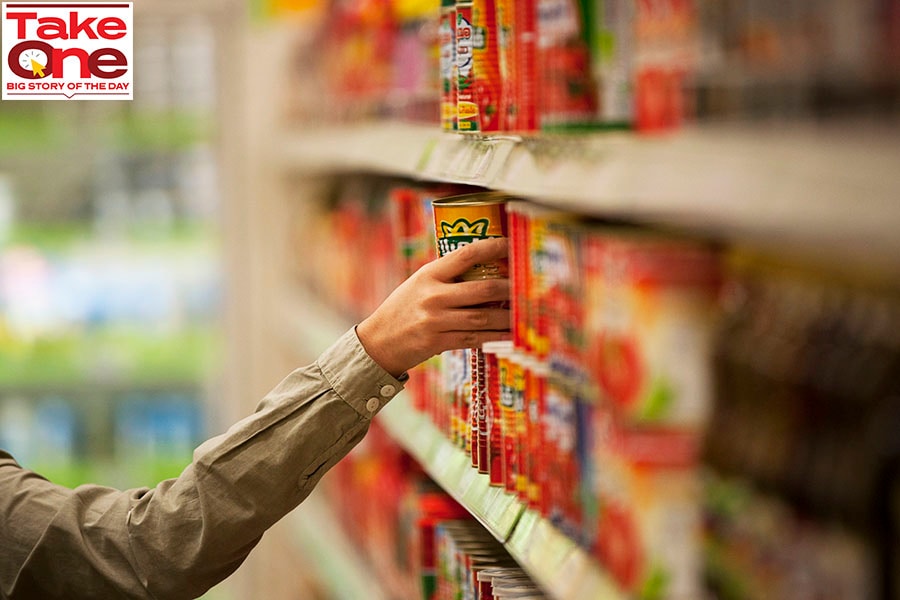
Makers of tomato purees are keeping up with the skyrocketing demand. For now
As the tomato crisis hits home restaurants and households have been switching to alternatives like tomato puree and tomato paste. But will the stocks of the latter hold up?
 Most restaurants are swapping out fresh tomatoes for tomato puree or tomato paste.
Image: Getty Images
Most restaurants are swapping out fresh tomatoes for tomato puree or tomato paste.
Image: Getty Images
Late on Thursday evening, as the manager at Matunga’s popular Classic restaurant watches over waiters serving platefuls of pav bhaji garnished with a blob of butter to seated customers, he admits business has been tough. The rise in prices of tomatoes has affected them but they haven’t increased prices on their menu. It’s raining lightly and a delightful breeze blows through the part-open restaurant with a makeshift roof for the monsoons.
Classic continues to use fresh tomatoes in its dishes, he says, sourced from Mumbai’s wholesale market in Vashi where prices hit Rs 150 per kilo, up from Rs 30 per kilo a few weeks ago. In the retail markets of Mumbai and Delhi tomatoes were being sold for Rs 160 to Rs 180 per kilo until last week. Currently prices are hovering at Rs 120 to Rs 130 per kilo, still up almost 70 percent from the usual Rs 40 per kilo price as India is gripped by a nationwide shortage of tomatoes. The shortage has been attributed to high, unseasonal rainfall in recent months which devasted the growing tomato crops and fuelled a deadly fungal disease.
As a result, most restaurants—unlike Classic—are swapping out fresh tomatoes for tomato puree or tomato paste. A 200ml packet of it, roughly equivalent to about 450gm of fresh tomatoes, is available for Rs 25 to Rs 27.
At VK Stores, a decade-old establishment in Mumbai’s bustling Crawford Market, proprietor Jenil Dedhia, who deals only in bulk items, has seen demand for 800ml packages of Austin-brand tomato puree shoot up from two per week to seven to eight per week. “We mostly cater to restaurants and hotels. Those who make items like pav bhaji, pasta etc. are using purees and pastes now. Everyone is feeling the pinch,” he says.
For the next couple of months Dedhia has enough stock to cater to the rise in demand from his customers. Thereafter, he’s hoping tomato prices will normalise. “Let’s see,” he says with a shrug, sounding more hopeful than certain.








